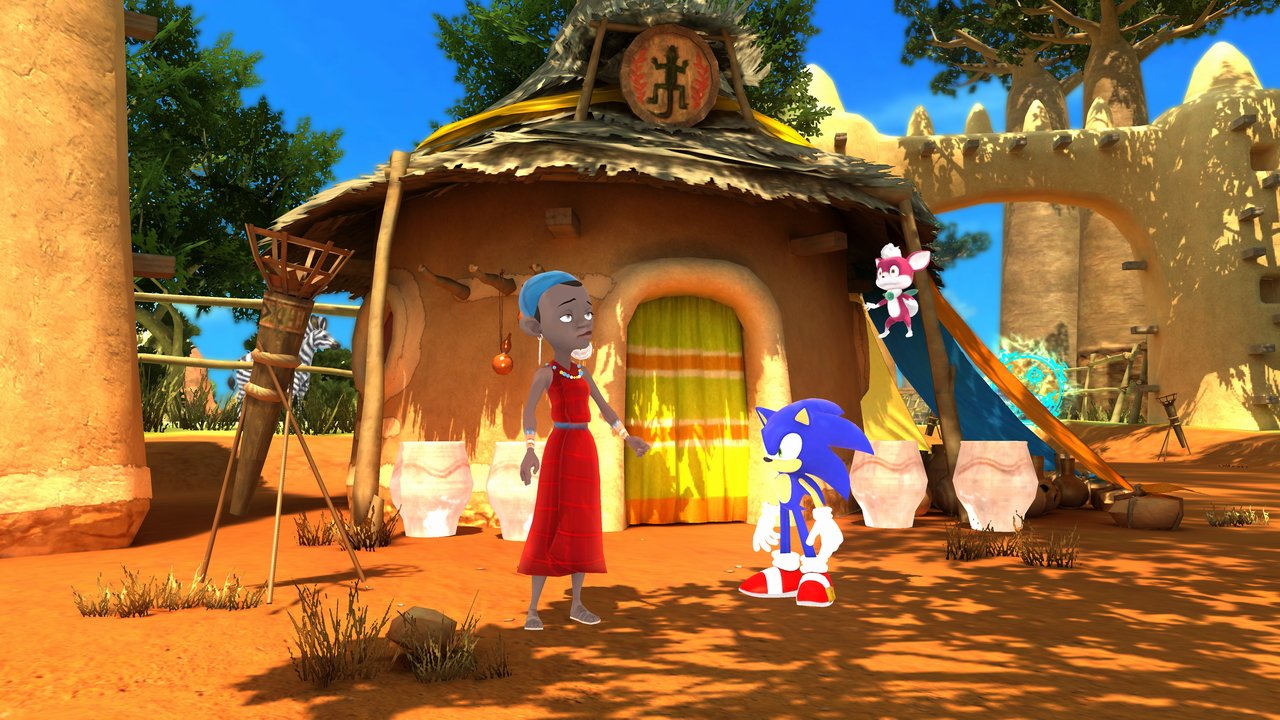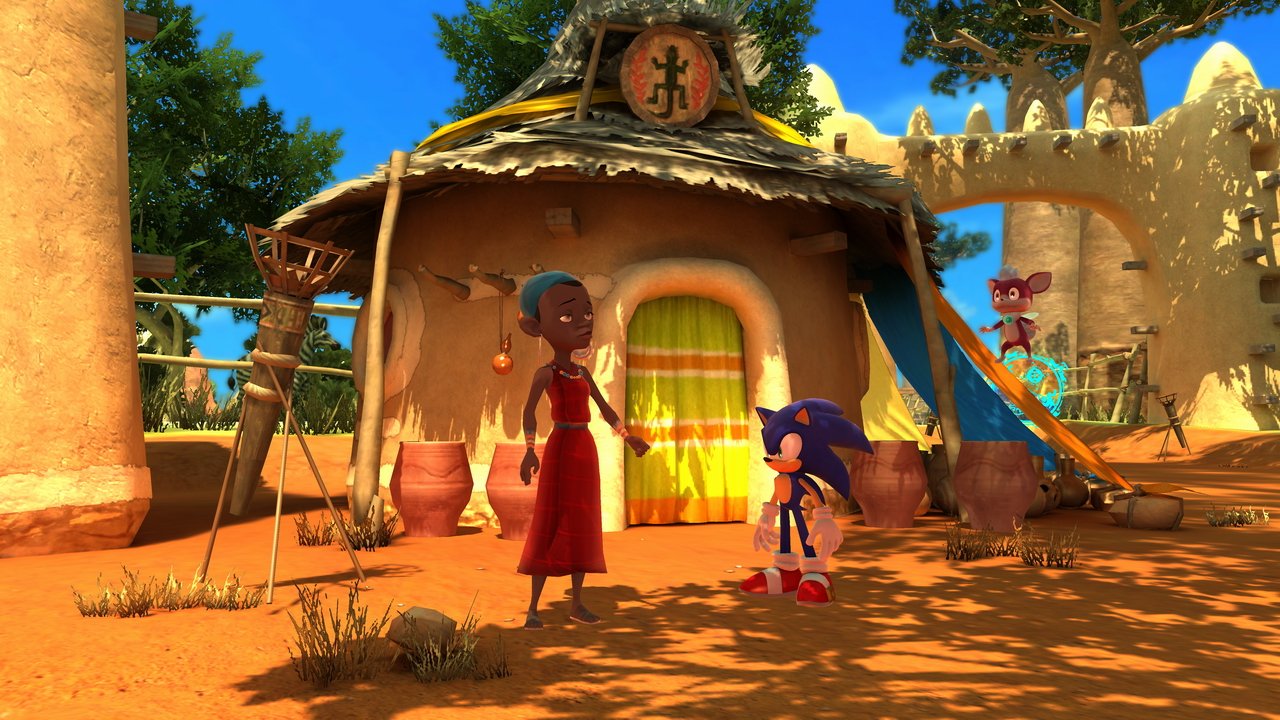That's not true. He ignored changes to AA, AO, texture pop in, etc.
I wonder about getting some details on that, maybe he couldn't.
That's not true. He ignored changes to AA, AO, texture pop in, etc.
I wonder about getting some details on that, maybe he couldn't.
Not much can be said after Beta analysis and UC2's epic article.
Ah well... I guess we know the AA situation sorta from the IQ analysis thread. :smile:
what about GI? i think U3 is the first game using it realtime after C2 (console) fiasko or missing motion blur, aa, ao etc ... if GI would be in GeOW3 he will wrote 2 pages about it
what about GI? i think U3 is the first game using it realtime after C2 (console) fiasko or missing motion blur, aa, ao etc ... if GI would be in GeOW3 he will wrote 2 pages about it
Is it calculating the indirect lighting in realtime or just using regular light probes?what about GI? i think U3 is the first game using it realtime after C2 (console) fiasko or missing motion blur, aa, ao etc ... if GI would be in GeOW3 he will wrote 2 pages about it

They've got something going on for the characters, too. You can see the indirect lighting on Drake change throughout the videos. I doubt it's as complex as what BF3 is using, but it's definitely there.From playing the game, I'm pretty sure that Uncharted 3 is just using their usual approach of baking indirect lighting into lightmaps or vertices.
i dont know what technic they are using for GI ... this should research DF and not talking "why drake cant jump from this to this ...."


Here's the approach used in Sonic Unleashed. Requires pre-calculated information. Maybe U3 is using something like this:


http://game.watch.impress.co.jp/docs/series/3dcg/20090410_110682.html
I think RDK just means indirect illumination rather than any clever GI solver. The end results are very good which is what impresses him/her, hence an interest to know how it's done. We can pretty safely say it's precalculated lightmaps. The scenery isn't dynamic so that'll work very well for U3. There's no need for more at this level when they are trying to do everything else with their graphics as well as illumination.If you don't know what technique how do you know they are using it?
I think RDK just means indirect illumination rather than any clever GI solver. The end results are very good which is what impresses him/her, hence an interest to know how it's done. We can pretty safely say it's precalculated lightmaps. The scenery isn't dynamic so that'll work very well for U3. There's no need for more at this level when they are trying to do everything else with their graphics as well as illumination.
No, he says "I think" :No, he actually said only Crysis 2 and UC3 are using GI. That is just marketing.
Which is what someone could say with limited exposure to a variety of games and who is impressed by the look of U3 because it looks like realtime GI. Plus RDK is a non-native English speaker, asking for an explanation of what U3's lighting tech is.i think U3 is the first game using it realtime after C2 (console)
